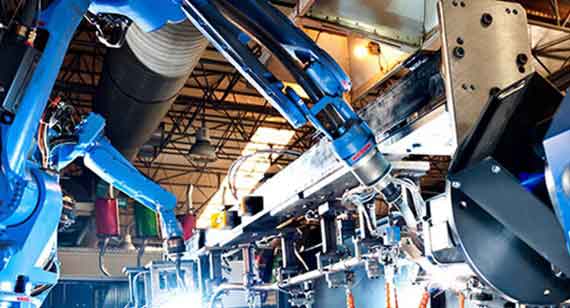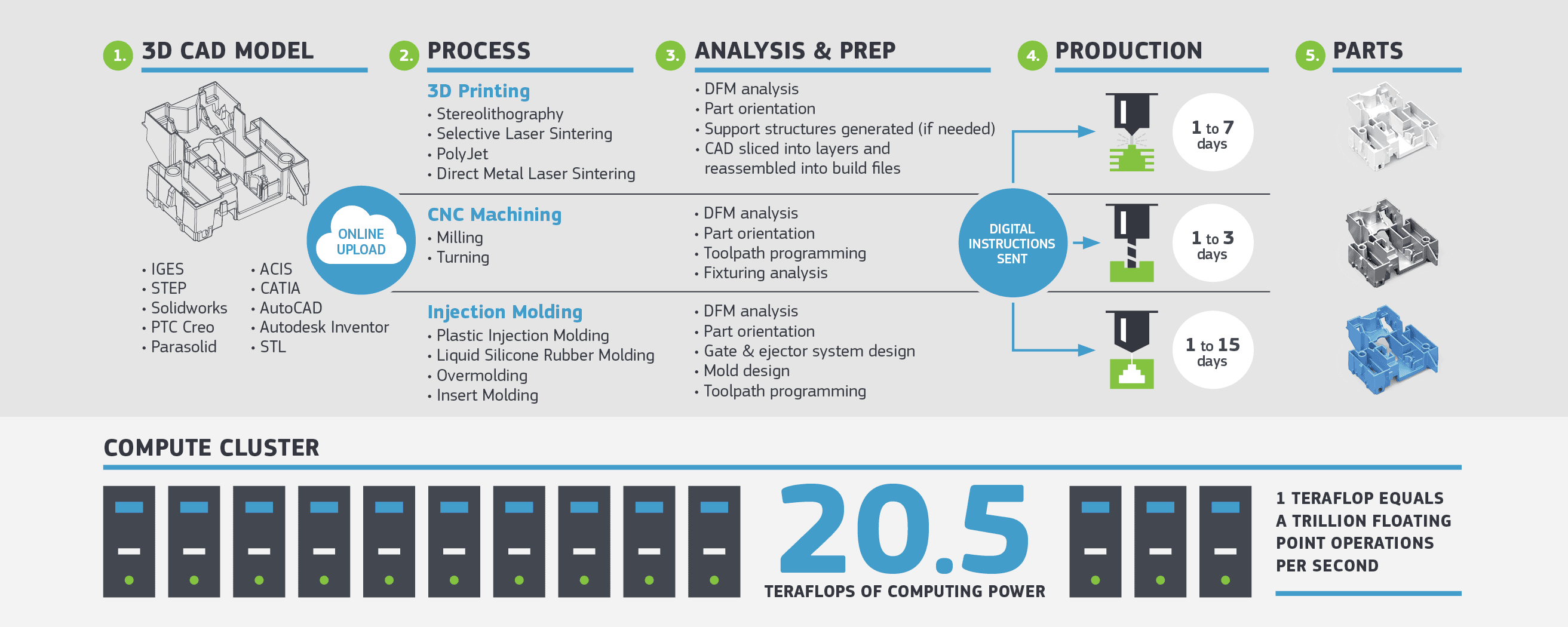Robotics Drive the Factory of the Future

Each generation will define how it interprets the term Robotics. I happen to fall at the tail end of Gen X and grew up with an understanding that robotics were simply for automating mundane tasks and the most exciting and truly useful applications were closer to sci-fi than reality.
These days, the reality is that some of the most practical and exciting developments in robotics have and are taking place in manufacturing. Yes, these tools of the trade are used to automate mundane tasks, reduce labor costs, and accelerate throughput. What most people do not know is what is fueling these advancements. It is technology driven, more on the virtual/software side than on the mechanical. This is the grounding of internet of things (IoT).
Manufacturing is an extremely savvy business that focuses on metrics such as Return on Investment (ROI), Return on Investment Capital (ROIC), and relationships between top and bottom line growth like no other. Mix this focus on financial metrics with mechanical intuition and then layer on some technology and now you have the factory of the future.
Follow the digital thread at China Metal Parts.

IoT and factory of the future are built on the concept of the digital thread (see graphic above). It is the electronic path and communication medium that is the backbone of state-of-the-art facilities. Let’s begin with an example we are all familiar with. The garage door opener is an awesome tool—when it’s raining you don’t have to get out of the car to close the door. But if your kids leave after you do, you have to ask yourself if they shut the door. Thanks to IoT, I can now get on my smartphone and verify that they closed the door at 7:10 a.m., in time to catch the school bus.
Now let’s bring this to robotics in a factory. End-of-arm tooling supporting post-secondary operations in an injection molding cell may pick a part, pass it to a laser scanner for physical inspection, and then place it into a pad printing fixture. This operation is quite simple and had been around for years, but today you have the ability to track each activity remotely, receive feedback, and collect data on performance.
Many companies that are focusing their efforts on the technology side of these improvements to their factories are in need of more custom real parts than ever before. This technology is driving the need for unique parts that can be 3D printed or machined. China Metal Parts is a leader in digital manufacturing and a crucial supplier for unique parts to support this growing business sector.